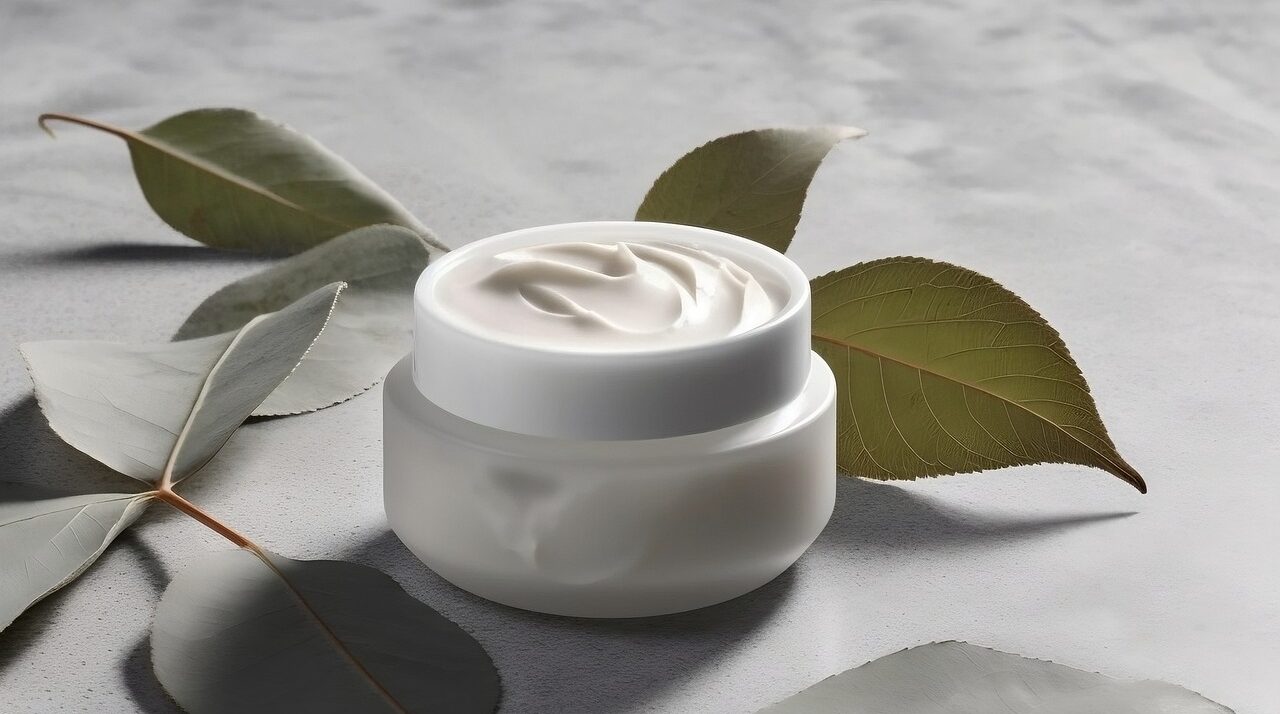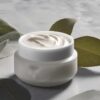Topical Anaesthetics are commonly compounded in the following strengths:
-
-
- Benzocaine 20% Lidocaine 6% Tetracaine 4% Ointment
- Lidocaine 3%, Prilocaine 3%, Tetrcaine 4% Ointment
- Lidocaine 6%, Prilocaine 2%, Tetracaine 2% Cream
- Lidocaine 23% Tetracaine 7% Ointment
- Lidocaine 23%, Tetracaine 7% Cream
-
Topical Dental strengths include:
-
-
- Lidocaine 10%, Prilocaine 10%, Tetracaine 4%, Phenylephrine 2% Strawberry flavour Dental Ointment
- Lidocaine 10%, Prilocaine 10%, Tetracaine 4%, Phenylephrine 2% Strawberry Flavour Dental Gel
-
Topical Scalp Gel strengths include:
-
-
- Lidocaine 10%, Prilocaine 10%, Tetracaine 4% gel
-
Topical anaesthetics play a crucial role in dermatology by providing local anaesthesia to the skin surface before various procedures, such as injections, minor surgical interventions, or laser treatments. These anaesthetics work by blocking nerve signals in the skin, numbing the area and alleviating pain during dermatological procedures. Among the commonly used topical anaesthetics are lidocaine, prilocaine, tetracaine, and benzocaine. Each of these agents has unique characteristics, mechanisms of action, and applications in dermatology.
1. Lidocaine:
Lidocaine is a widely used local anaesthetic with a rapid onset of action and a duration that typically lasts for a moderate duration.
-
-
- Mechanism of Action: Lidocaine works by inhibiting the influx of sodium ions through voltage-gated sodium channels in nerve cell membranes. This action prevents the generation and conduction of nerve impulses, leading to local anaesthesia.
- Applications in Dermatology:
- Minor Dermatological Procedures: Lidocaine is often used for minor dermatological procedures, such as skin biopsies, mole removals, or wart treatments.
- Laser Hair Removal: In laser hair removal procedures, lidocaine creams or gels may be applied to reduce pain and discomfort.
- Formulations and Strengths:
- Creams and Gels: Lidocaine is available in various topical formulations, including creams and gels.
- Strengths: Common strengths range from 2% to 5%, with higher concentrations typically reserved for more invasive procedures.
-
2. Prilocaine:
Prilocaine is another local anaesthetic commonly used in dermatology, often in combination with lidocaine for enhanced efficacy.
-
-
- Mechanism of Action: Similar to lidocaine, prilocaine acts by blocking sodium channels, inhibiting nerve impulse generation and conduction.
- Applications in Dermatology:
- Minor Dermatological Procedures: Prilocaine is frequently used in combination with lidocaine for minor dermatological procedures, providing effective anaesthesia.
- Formulations and Strengths:
- Combination Products: Prilocaine is often combined with lidocaine in various ratios to optimise the balance between rapid onset and duration of anaesthesia.
- Strengths: Depending on the specific combination product, concentrations of prilocaine can vary.
-
3. Tetracaine:
Tetracaine is known for its rapid onset of action and potency, making it suitable for short-duration dermatological procedures.
-
-
- Mechanism of Action: Tetracaine also works by blocking sodium channels, preventing the initiation and propagation of nerve impulses.
- Applications in Dermatology:
- Short-Duration Procedures: Tetracaine is often preferred for short-duration procedures due to its rapid onset and short duration of action.
- Formulations and Strengths:
- Topical Gels and Solutions: Tetracaine is commonly formulated in gels and solutions for topical application.
- Strengths: Concentrations may vary, with strengths typically ranging from 2% to 4%.
-
4. Benzocaine:
Benzocaine is a local anaesthetic with a longer duration of action, making it suitable for procedures that require prolonged anaesthesia.
-
-
- Mechanism of Action: Benzocaine functions by inhibiting sodium channels, similar to lidocaine, prilocaine, and tetracaine.
- Applications in Dermatology:
- Prolonged Procedures: Benzocaine is chosen for procedures requiring a more extended period of anaesthesia, such as the removal of larger skin lesions.
- Formulations and Strengths:
- Creams, Gels, and Sprays: Benzocaine is available in various formulations, including creams, gels, and sprays.
- Strengths: Concentrations may range from 5% to 20%, depending on the specific formulation and intended use.
-
General Considerations for Topical Anaesthetics in Dermatology:
-
-
- Application Technique:
- Topical anaesthetics are typically applied directly to the skin surface in the form of creams, gels, or solutions.
- Application techniques may include covering the treated area with an occlusive dressing to enhance the absorption of the anaesthetic.
- Duration of Action:
- The duration of action varies among different topical anaesthetics. Short-acting agents like tetracaine are suitable for brief procedures, while longer-acting agents like benzocaine may be preferred for more extended interventions.
- Pre-procedural Timing:
- Topical anaesthetics are generally applied before the planned dermatological procedure, allowing sufficient time for absorption and onset of anaesthesia.
- Adverse Effects:
- While generally safe, topical anaesthetics can cause local skin reactions, such as redness or irritation.
- Systemic absorption is a consideration, particularly in larger surface areas or when used with occlusive dressings.
- Individual Patient Factors:
- Patient factors, such as skin type, sensitivity, and the specific dermatological procedure, influence the choice of topical anaesthetic and its concentration.
- Combination Therapy:
- In some cases, dermatologists may use a combination of different topical anaesthetics to achieve a balance between rapid onset, duration of action, and patient comfort.
- Application Technique:
-
Conclusion:
Topical anaesthetics, including lidocaine, prilocaine, tetracaine, and benzocaine, play a vital role in dermatology by providing local anaesthesia for various procedures. Each of these agents has distinct characteristics that make them suitable for specific applications, ranging from minor dermatological interventions to more prolonged procedures. Dermatologists carefully consider factors such as the duration of action, patient comfort, and the nature of the procedure when selecting the appropriate topical anaesthetic. By understanding the mechanisms of action and characteristics of these agents, healthcare professionals can optimise the delivery of dermatological care while prioritizing patient comfort and safety.


